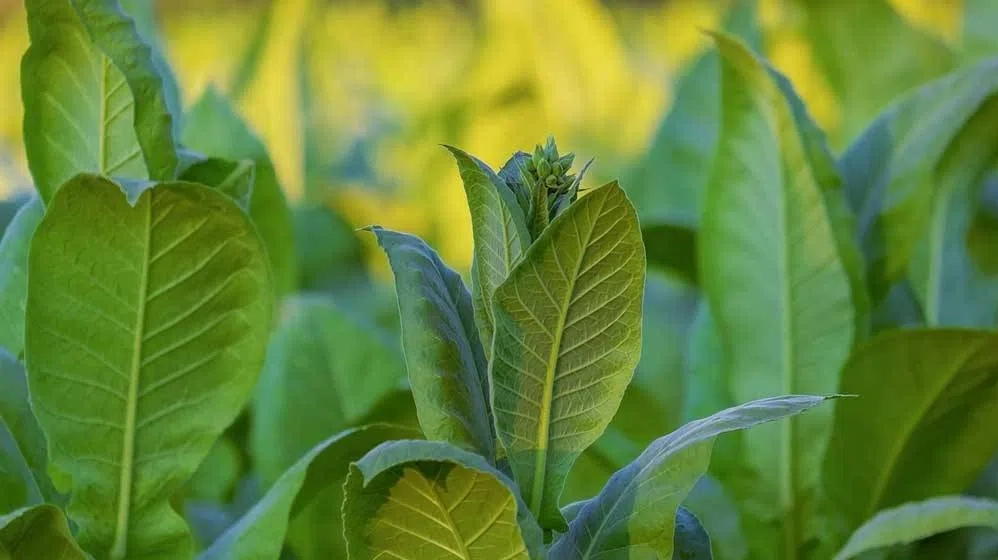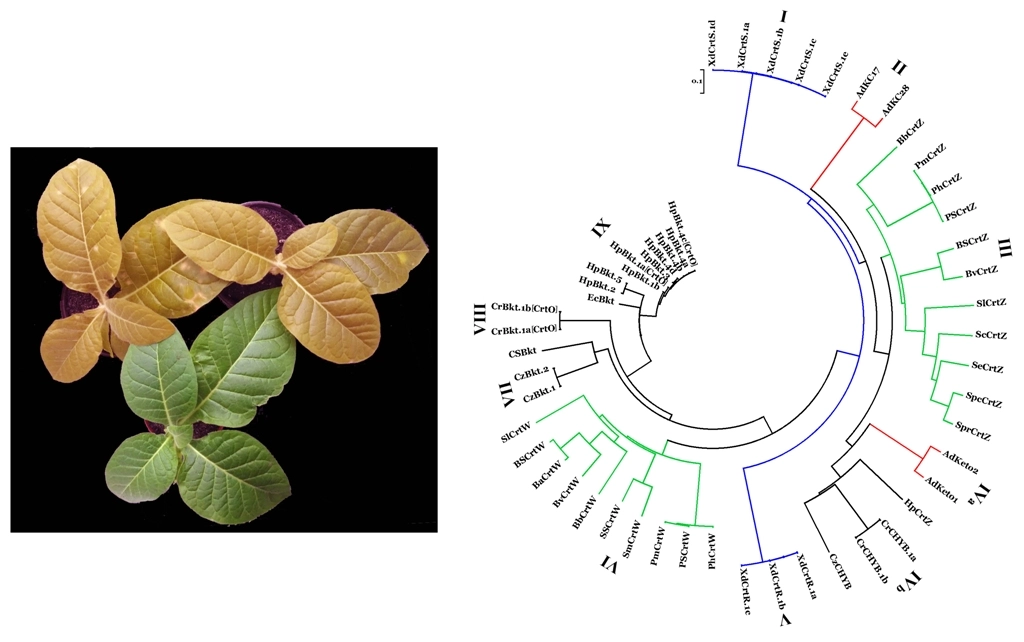According to a report by Business Research Insights, the global nicotine market was valued at USD 540 million in 2024 and is projected to reach USD 1.4 billion by 2032, growing at a compound annual growth rate (CAGR) of approximately 12.72% during the forecast period.
As health awareness rises among consumers, demand for tobacco-free products is expected to expand significantly, capturing a larger share of the nicotine market. Online marketing and product education have further fueled growth in this sector, a trend projected to continue in the coming years. Consumers are increasingly seeking risk-free alternatives that avoid the health risks associated with smoke and inhalation.
This growing demand presents a promising opportunity for nicotine distributors. However, challenges such as inconsistent product quality, falsified documentation, complex regional regulations, and hidden costs—like transportation tariffs—make it difficult to identify reliable nicotine suppliers.

In this guide, we’ll explore how B2B buyers can strike a balance between regulatory compliance and cost-effectiveness. We’ll also compare synthetic nicotine and natural nicotine in detail and provide a comprehensive roadmap for making informed nicotine purchasing decisions.
In-depth comparison of synthetic nicotine and natural nicotine
There are two main types of nicotine available on the market: natural nicotine and synthetic nicotine. Natural nicotine is extracted from tobacco plant waste, while synthetic nicotine is chemically synthesized in a lab.
Since its introduction, synthetic nicotine has sparked industry debate—particularly around its purity. Many claim synthetic nicotine is purer than its natural counterpart, and theoretically, this is true. However, as production costs for synthetic nicotine drop, there’s growing concern about maintaining purity standards in the absence of strong regulatory oversight.

Dr. Pete Gibbons of Labstat International said in an interview, "Carbon isotope analysis is a possible identification method, but its applicability still depends on the product formulation. Some companies claim that synthetic nicotine tastes purer, has fewer impurities, and has no residual smell, but there is currently no conclusive peer-reviewed research to prove that synthetic nicotine is superior to tobacco-derived nicotine in safety or quality. If these claims are to be recognized by regulators and the public, they must be verified through rigorous scientific research."
If you can confirm the supplier offers high-purity synthetic nicotine, it could be a strong option for your business.
|
Category |
Synthetic Nicotine |
Natural Nicotine |
|---|---|---|
|
Best Use Cases |
E-liquid, PMTA-compliant products |
Traditional tobacco alternatives |
|
Purity Concerns |
Requires isotope analysis for verification |
May vary depending on extraction methods |
|
Regulatory advantages |
Partial Exemption from US PMTA |
EU TPD is easier to pass |
Supplier Analysis: Comparing the China–India–Europe Nicotine Supply Chain
The global nicotine supply chain is mainly concentrated in China, India, and several European nations. Here’s a region-by-region breakdown to help you evaluate the pros and cons of sourcing from each.
China: Leading Global Nicotine Production
China holds the world’s largest tobacco cultivation area. Its natural advantage in raw material supply is matched by mature extraction technologies.
- Market Share: China supplies 65–70% of global nicotine raw materials (as of 2023), with key production hubs in Hubei and Hunan provinces.
- Competitive Pricing: Synthetic nicotine prices are typically 30–40% lower than those in Europe. Many suppliers also offer low MOQs (as little as 10 kg).
- Technological Advancements: Leading manufacturers (e.g., Rundu Holdings, Jincheng Pharmaceutical) are registered with the U.S. FDA Drug Master File (DMF) and can supply e-cigarette-grade, 99.9% pure nicotine.
However, international shipping of nicotine from China can be complex. As a Class 6.1 toxic substance, nicotine requires UN1654 certification and must be shipped in leak-proof, UN-certified steel drums. Choose a freight forwarder with AEO certification and allow 2–3 weeks for processing dangerous goods paperwork.
Be cautious when dealing with small or mid-sized manufacturers—COAs (Certificates of Analysis) may contain falsified data. Always conduct third-party testing (e.g., with SGS) to verify batch quality.
India:Cost-effective Natural Nicotine with Quality Concerns
India offers some of the world’s lowest prices for natural nicotine due to low labor costs in tobacco farming.
- Cost Advantage: Extremely competitive pricing makes Indian suppliers attractive to buyers with limited budgets.
- Legal Framework: India's contract law is based on the British system and aligns well with international norms.
However, India is a frequent target of FDA inspections. In 2023 alone, 12 Indian nicotine factories received Form 483 warning letters due to issues such as cross-contamination and data falsification. To mitigate risk, request raw HPLC test data—not just PDF summaries—and check pyridine residue levels (recommended: <80 ppm).
Also, India’s rainy season (June–September) introduces high humidity, increasing the risk of excessive moisture in extracts. Specify a maximum moisture content of ≤0.5% in your contracts.
Europe: High Compliance, High Cost
European nicotine manufacturers—such as BASF (Germany) and Nicobrand (Switzerland)—typically hold EU GMP and EDQM certifications. Their documentation is ideal for EU TPD registration.
- Regulatory Strength: Certifications from European suppliers cover broader scopes than those from other regions.
- Stable Logistics: Thanks to the ADR agreement, nicotine shipments within the EU do not require hazardous chemical declarations.
However, due to environmental taxes and higher production costs, European nicotine is often priced at double—or more—compared to Chinese or Indian products. If you have large and stable demand, consider negotiating annual contracts for volume-based discounts.
Final Thoughts: Building a Long-Term Nicotine Supply Strategy
Choosing the right nicotine supplier requires more than just comparing price tags. To maximize long-term success, consider:
- Regulatory compliance in your target market
- Product purity and testing transparency
- Reliable logistics and certifications
- Communication and partnership compatibility
Rather than relying on a single supplier, many successful buyers maintain relationships across multiple regions. This multi-supplier strategy enables continuous comparison and flexibility, helping you secure the most compliant, cost-effective, and scalable nicotine supply.
2025.01.07

